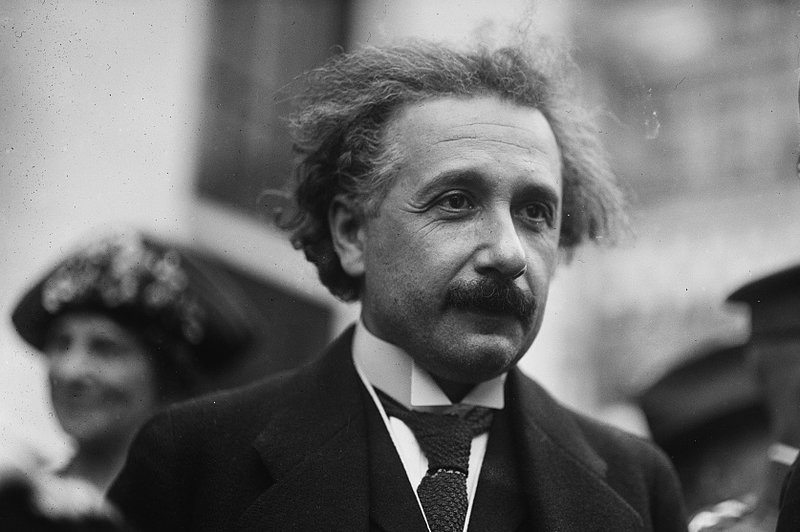(单词翻译:单击)
Combining Leavitt's cosmic yardstick with Vesto Slipher's handy red shifts, Edwin Hubble now began to measure selected points in space with a fresh eye. In 1923 he showed that a puff of distant gossamer in the Andromeda constellation known as M31 wasn't a gas cloud at all but a blaze of stars, a galaxy in its own right, a hundred thousand light-years across and at least nine hundred thousand light-years away. The universe was vaster—vastly vaster—than anyone had ever supposed. In 1924 he produced a landmark paper, “Cepheids in Spiral Nebulae” (nebulae,from the Latin for “clouds,” was his word for galaxies), showing that the universe consisted not just of the Milky Way but of lots of independent galaxies—“island universes”—many of them bigger than the Milky Way and much more distant.
哈勃把莱维特测量宇宙的标准和维斯托·斯莱弗的红移结合起来,开始以焕然一新的目光有选择地测量空间的点。1923年,他证明,仙女座里一团代号为M31的薄雾状的东西根本不是气云,而是一大堆光华夺目的恒星,其本身就是一个星系,直径有1万光年,离我们至少有90万光年之远。宇宙比任何人想像的还要大——大得多。1924年,哈勃写出了一篇具有划时代意义的论文,题目为《旋涡星云里的造父变星》(“星云”源自拉丁语,意为“云”,哈勃喜欢用这个词来指星系),证明宇宙不仅仅有银河系,还有大量独立的星系——“孤岛宇宙”——其中许多比银河系要大,要远得多。
One Harvard computer, Annie Jump Cannon, used her repetitive acquaintance with the stars to devise a system of stellar classifications so practical that it is still in use today. Leavitt's contribution was even more profound. She noticed that a type of star known as a Cepheid variable (after the constellation Cepheus, where it first was identified) pulsated with a regular rhythm—a kind of stellar heartbeat. Cepheids are quite rare, but at least one of them is well known to most of us. Polaris, the Pole Star, is a Cepheid.
有一位名叫安妮·江普·坎农的哈佛大学计算员利用她熟悉恒星的有利条件,发明了一种恒星分类系统。这种系统如此实用,直到今天还在使用。莱维特的贡献更加意义深远。她注意到,有一种名叫造父变星(以仙王星座命名,第一颗造父变星就是在那里发现的)的恒星在有节奏地搏动——一种星体的“心跳”。造父变星是极少见的,但至少其中之一是我们大多数人所熟悉的。北极星就是一颗造父变星。


